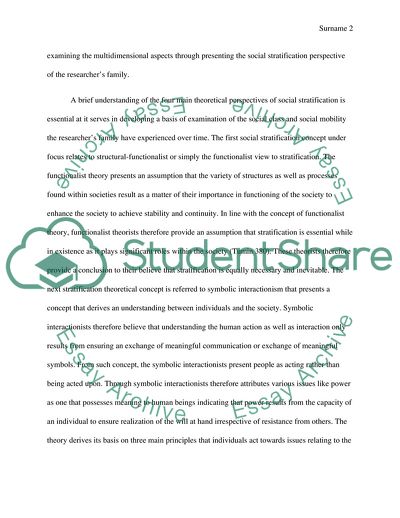Cite this document
(The Social Stratification in the U.S Coursework Example | Topics and Well Written Essays - 1500 words, n.d.)
The Social Stratification in the U.S Coursework Example | Topics and Well Written Essays - 1500 words. https://studentshare.org/sociology/1871450-social-stratification
The Social Stratification in the U.S Coursework Example | Topics and Well Written Essays - 1500 words. https://studentshare.org/sociology/1871450-social-stratification
(The Social Stratification in the U.S Coursework Example | Topics and Well Written Essays - 1500 Words)
The Social Stratification in the U.S Coursework Example | Topics and Well Written Essays - 1500 Words. https://studentshare.org/sociology/1871450-social-stratification.
The Social Stratification in the U.S Coursework Example | Topics and Well Written Essays - 1500 Words. https://studentshare.org/sociology/1871450-social-stratification.
“The Social Stratification in the U.S Coursework Example | Topics and Well Written Essays - 1500 Words”. https://studentshare.org/sociology/1871450-social-stratification.


